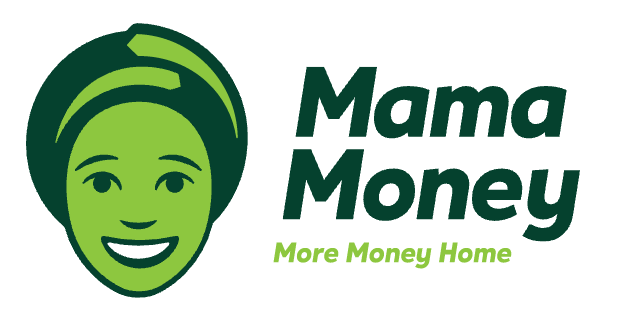Mamma Money — Designing a Better Way to Send Money Home
Overview
Project Description
Mamma Money is a South African fintech that makes cross-border money transfers simple and affordable for migrant workers and their families. As the company prepared for regional expansion and new regulatory challenges, I joined the product team to improve onboarding, usability, and conversion across its mobile and web experiences.
The project focused on understanding user behavior across diverse language, literacy, and device contexts, and using research to guide the redesign of the customer journey from registration to transfer completion.
Project Duration
1 year
Role
Product Designer
The Challenge
The original Mamma Money app had strong adoption through agent networks but struggled with self-service onboarding and conversion.
Key challenges included:
Complex registration and KYC verification processes that discouraged sign-ups.
Users in low-connectivity or feature phone environments facing accessibility barriers.
Inconsistent UX patterns across mobile and web.
Limited understanding of why users dropped off during the money transfer process.
Our mission was to simplify the experience, improve trust, and reduce friction — while maintaining full compliance with regulatory requirements.
Research & Discovery
Ethnographic Interviews
We conducted in-depth interviews and field research with users in key corridors such as Zimbabwe, Malawi, and Mozambique. The goal was to understand cultural attitudes toward money transfers, trust dynamics, and pain points with verification and payout processes.
Usability Testing
Ran moderated tests with first-time users to observe registration and transaction completion.
Identified usability bottlenecks such as unclear verification steps and inconsistent terminology.
Discovered the need for visual cues and multilingual support to assist non-English speakers.
Data Review & Journey Mapping
Analysed drop-off data from onboarding and transfer funnels.
Mapped end-to-end customer journeys, highlighting critical points where trust or clarity broke down.
This phase created a shared understanding among designers, product managers, and compliance teams — enabling design decisions rooted in evidence.
Ideation & Design
Information Architecture Redesign
Simplified navigation and clarified core actions (Send, Receive, Track). Introduced contextual guidance at each step to build confidence and reduce uncertainty.
Progressive Onboarding
Redesigned the KYC process into smaller, digestible steps with real-time validation and microcopy that reassured users about security and purpose.
UI Design & Prototyping
Created high-fidelity interactive prototypes in Figma, used in both lab and remote usability sessions. Prototypes incorporated accessible typography, clear iconography, and visual consistency across touchpoints.
Collaboration with Development
Partnered with engineers to validate feasibility and test performance on low-bandwidth devices. This ensured that designs didn’t just look good — they worked well for real-world users.
Testing & Iteration
A/B Testing & Feedback Loops
Implemented iterative A/B testing of onboarding flows and transfer confirmation screens. The redesigned version achieved:
+25% improvement in successful registrations.
-40% reduction in KYC drop-offs.
Increased NPS among mobile-first users.
Continuous UX Validation
Established a lightweight usability testing framework, enabling monthly feedback from both new and returning customers. This framework became a long-term part of Mamma Money’s product development rhythm.
Impact
✅ Simplified onboarding and verification, improving accessibility and trust.
✅ Increased conversion rates and reduced user support tickets related to registration issues.
✅ Created a scalable design framework for future feature launches.
✅ Strengthened collaboration between Product, Compliance, and Engineering through shared UX insights.
✅ Contributed to Mamma Money’s recognition as Best Fintech Startup in Southern Africa.
Reflection
Working with Mamma Money reinforced my belief that design’s greatest impact happens when it listens first. By grounding every decision in user insight and context, we transformed a product that was functional into one that felt personal, human, and empowering — helping people support their families across borders with confidence and ease.









